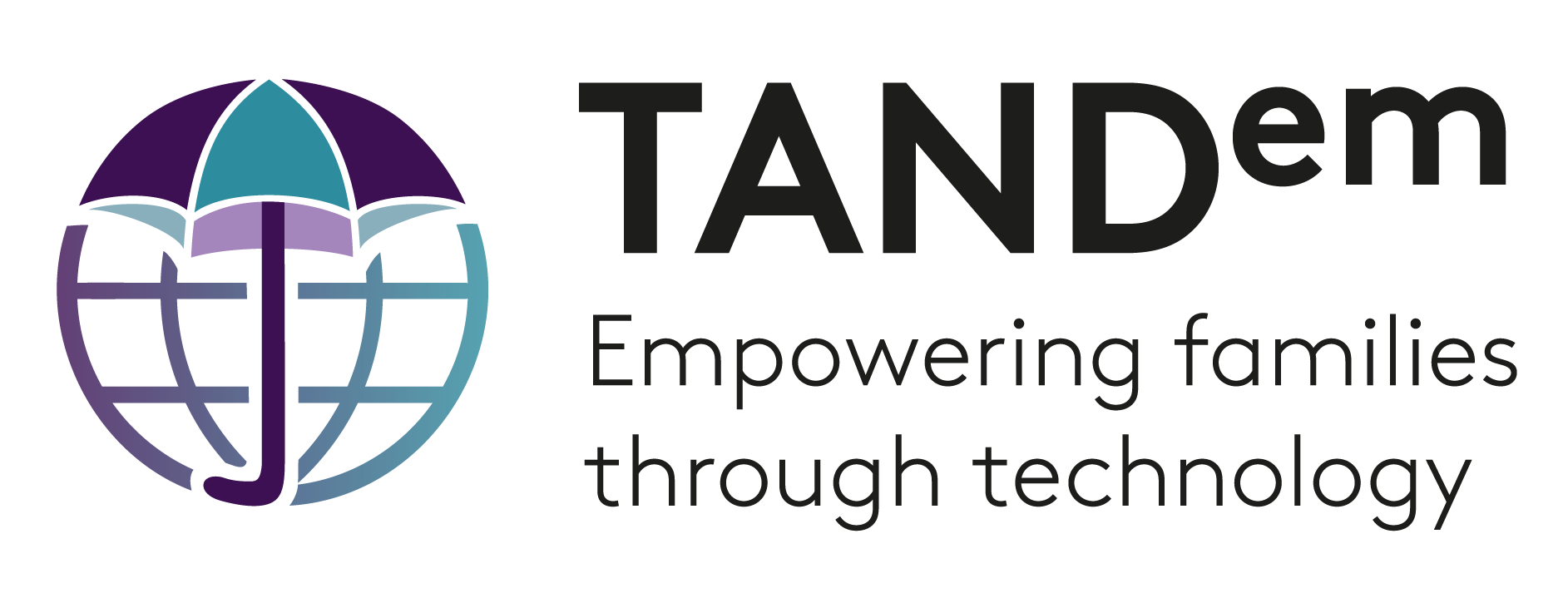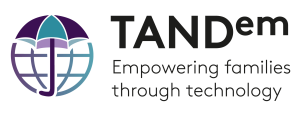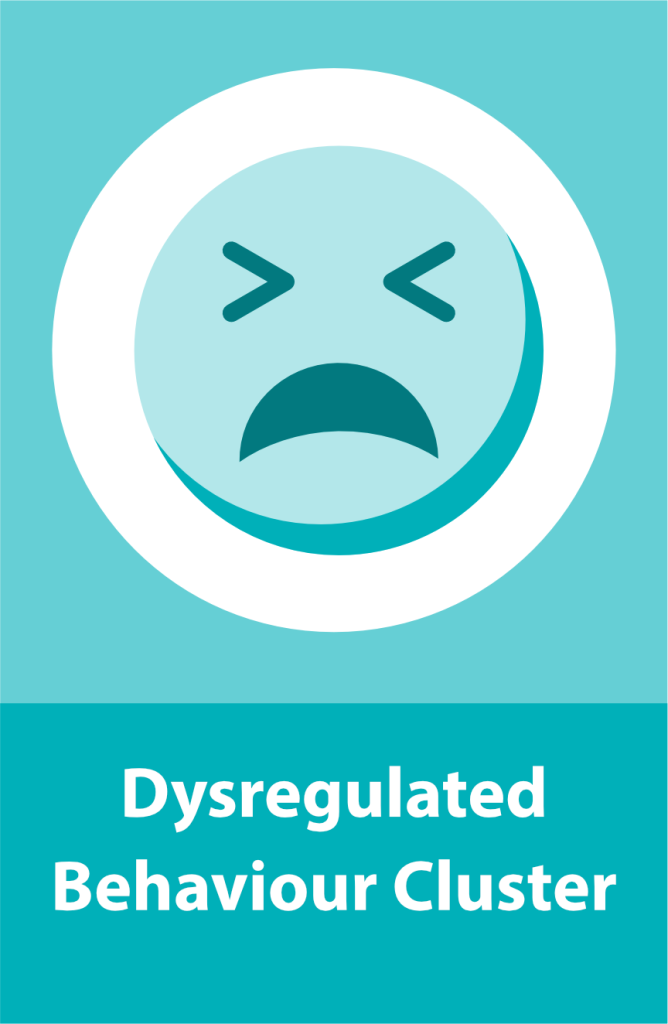Consensus Recommendations
Home > Consensus Recommendations
International consensus recommendations for the identification and treatment of TSC-Associated Neuropsychiatric Disorders (TAND)
Introduction
The TAND consortium is an international group of TSC experts including researchers, clinicians and TSC family representatives. As part of the TANDem project, we set out to generate consensus recommendations for the identification and treatment of TAND. We used a systematic procedure including evidence review and consensus-building to generate the following recommendations of relevance to the global TSC community. These recommendations consist of a set of 10 core principles applicable to all individuals with TSC, as well as specific recommendations for each TAND cluster. The overarching recommendation is to ‘screen’ for TAND at least annually, to ‘act’ using appropriate next steps for evaluation and treatment, and to ‘repeat’ the process to ensure early identification and early intervention with the most appropriate available biological, psychological and social evidence-informed supports for individuals with TSC and their families.
Cluster-specific recommendations
Core principles for the identification and treatment of TAND
We propose the following 10 core principles for identification and treatment of TAND for all individuals with TSC:
- Everyone with TSC is at risk of TAND.
- Therefore everyone with TSC needs lifelong monitoring for the emergence of TAND.
- Screen for TAND at least annually and follow up with appropriate action.
- The goal is early identification and early intervention, rather than a ‘watch and wait’ approach.
- We acknowledge that TAND clusters cluster together and the presence of one should alert families and teams to explore others.
- We recommend that families and clinical teams should always consider the impact of physical health problems and medications for physical health problems on TAND.
- Clinicians should work with families and caregivers as lived experts in TSC and TAND, especially given how little research evidence currently exists for the treatment of TAND.
- A ‘whole system’ plan including biological, psychological and social aspects should be used to understand the needs of each person with TAND and to provide interventions and support.
- Evidence-informed assessment and interventions should be used from TSC studies or the general population in the absence of TSC-specific evidence.
- The goal of TAND support is to help everyone living with TSC achieve an optimal quality of life as individuals and as families, and to facilitate their active participation in all aspects of society throughout their journey with TSC and TAND.
Cluster-specific recommendations
Note: the numbers (e.g. AU1) used here are the same as those used in the peer-reviewed publication of the consensus recommendations. We have included them to make it easy to refer to the published article.
Autism-like (AU) cluster recommendations
- AU1 and AU2. Everyone with TSC should be monitored for features in the autism-like cluster from early in infancy and throughout adulthood.
- AU3. Anyone who shows behaviours within the autism-like cluster should be referred for a formal clinical evaluation for autism or communication disorder.
- AU4. Given that there is no research on treating autism-like cluster features in people with TSC, we suggest that the evidence from research with children and adults with autism without TSC may be relevant to those with TSC.
- AU5. Young children with autism and TSC may benefit from naturalistic developmental behavioural interventions (NDBI) and other evidence-based supports for children with autism.
- AU6. Adults with TSC and autism-like cluster symptoms may benefit from recognised autism interventions such as social skills training.
- AU7. There are often high rates of co-occurring physical, developmental, and mental health problems in people with features in the autism-like cluster. We therefore recommend lifelong monitoring for any co-occurring conditions, followed by appropriate treatment.
- AU8. Even though autism (and the autism-like cluster) is the most extensively researched cluster in TSC, much more research is needed, especially regarding non-medical treatments in individuals with TSC.
Dysregulated behaviour (DB) cluster recommendations
- DB1. Dysregulated behaviours are common in TSC and can have a major impact on the family. For this reason we recommend a systematic approach to understand and manage them.
- DB2. It is important to understand the ‘meaning’ or ‘function’ of dysregulated behaviours to guide intervention. Different meanings/functions (such as communication, overactive and impulsive behaviours, mood and anxiety problems, sensory sensitivities, avoidance of demand, cognitive inflexibility, or pain) will require different intervention approaches.
- DB3. We recommend assessment of developmental abilities including intellectual ability and neuropsychological profile to help inform the reason, function or meaning of dysregulated behaviours. Accommodations and resources to optimise communication (e.g. hand signs, picture cards, devices/apps) and other skills should be provided.
- DB4. We recommend urgent physical work-up for any sudden onset of dysregulated behaviours and/or rapid change in behaviours, which could indicate an underlying medical problem.
- DB5. We recommend the use of non-pharmacological or behavioural intervention strategies as first-line treatment for dysregulated behaviours once the function of the behaviour has been identified and medical problems have been treated. Non-pharmacological approaches typically include communication, behavioural, developmental and environmental strategies.
- DB6. Medications should only be used for dysregulated behaviours after a careful systematic evaluation and always alongside a non-pharmacological intervention plan.
- DB7. More research is needed to generate TSC-specific evidence for non-pharmacological interventions of dysregulated behaviours. In the meantime, we recommend the use of guidelines for management of dysregulated behaviours in the general population.
Eat/Sleep (ES) cluster recommendations
- ES1. Eating difficulties do occur in TSC and could be related to a range of TAND and/or physical health issues. Therefore, eating difficulties should be monitored on a regular basis.
- ES2. As eating difficulties may be associated with a range of factors, it is important to have a comprehensive evaluation to inform an appropriate intervention plan. Interventions may include non-pharmacological and pharmacological strategies, depending on the causes of the eating difficulties.
- ES3. The consensus panel agreed that there are no dietary supplements or restricted/special diets with an evidence-base in TSC to improve any TAND behaviour. The ketogenic diet is used as an intervention for refractory seizures in TSC, but not as a dietary intervention for TAND.
- ES4. Sleep difficulties are common in children and adults with TSC and should be monitored on a regular basis.
- ES5. Sleep difficulties may be a ‘cause’ and/ or a ‘consequence’ of some TAND or other neurological manifestations. For example, sleep problems could lead to behavioural problems OR nocturnal seizures can lead to night-time waking. This ‘bidirectional’ association should therefore be considered during evaluation and intervention planning.
- ES6. Healthcare providers and caregivers should first evaluate and treat the biological and psychiatric ‘causes’ of sleep problems in TSC, which may include seizures, pain, adverse effects of prescribed medications or mood and anxiety disorders.
- ES7. Once biological causes have been managed or ruled out, non-pharmacological intervention strategies should always be tried first before any pharmacological strategies. For example, sleep education, and sleep hygiene practices should be considered before pharmacological strategies (e.g., melatonin or similar medications).
- ES8. We recommend more targeted research on eating and sleep difficulties in TSC.
Mood/Anxiety (MA) cluster recommendations
- MA1. The rates of mood and anxiety difficulties are very high in TSC and should therefore be monitored in all children and adults with TSC to ensure early detection and treatment when necessary.
- MA2. Particular efforts should be made to look for mood and anxiety symptoms in those with intellectual and other neurodevelopmental disabilities where signs of depressed mood or anxiety may be different (e.g. withdrawal from social interaction, loss of interest in previously enjoyed activities, anorexia or increased dysregulated behaviours).
- MA3. Mood and anxiety symptoms may be the consequence of underlying physical health problems or their treatments (e.g. seizures and anti-seizure medications, renal failure or chronic pain), and these may require specific management.
- MA4. Mood and anxiety should be treated using evidence-based approaches recommended in the general population. For mild to moderate mood and anxiety disorders, non-pharmacological approaches are recommended first, such as physical activity, cognitive behavioural therapy, or nonverbal therapies (psychomotor therapy, creative therapy, mindfulness). When these non-pharmacological approaches are insufficient, or in the case of severe mood and anxiety disorders, these strategies should be combined with an evidence-based pharmacological treatment, prescribed and supported by a qualified mental health professional.
- MA5. Given that everyone with TSC is unique and different, mood and anxiety disorders should be managed using a personalised approach.
- MA6. We recommend further research to generate evidence for identification and treatment of mood and anxiety difficulties and disorders specific to TSC.
Neuropsychological (NP) cluster recommendations
- NP1. All individuals with TSC should receive a comprehensive assessment of their intellectual ability at the time of diagnosis, repeated as clinically needed.
- NP2. Children and adults with TSC should have ongoing (at least annual) screening and monitoring for the presence or emergence of neuropsychological difficulties.
- NP3. Neuropsychological deficits can have a major impact on the functional ability of an individual and may present in various ways, such as anxiety and feeling overwhelmed, dysregulated behaviours, difficulties in education, or struggles in work.
- NP4. Individuals with TSC with known neurodevelopmental disorders (e.g. ADHD, autism, learning disorders) should receive a detailed evaluation of their profile of neuropsychological strengths and weaknesses and not only be screened for such deficits.
- NP5. Non-pharmacological coaching and training strategies should be used to strengthen areas of neuropsychological deficits, for example, executive coaching for working memory, cognitive flexibility or planning deficits.
- NP6. Accommodations or supports for neuropsychological deficits should be incorporated into educational or workplace settings.
Overactive/Impulsive (OI) cluster recommendations
- OI1. Overactive and impulsive behaviours are common in TSC and should be evaluated in children and adults and next steps considered when they are identified.
- OI2. All individuals with overactive and impulsive behaviours should be considered for a clinical diagnostic assessment for Attention Deficit Hyperactivity Disorder (ADHD).
- OI3. If ADHD is diagnosed, it should be treated using the evidence-based approaches and intervention guidelines for the general population, including behavioural supports and pharmacological interventions.
- OI4. Treatment for moderate-to-severe ADHD with methylphenidate or other stimulant medications should be considered within a comprehensive ‘bio-psycho-social’ treatment plan.
- OI5. Even when ADHD is accompanied with epilepsy, intellectual disability, autism, or other physical or TAND manifestations, ADHD symptoms may respond appropriately to pharmacological treatment.
- OI6. The consensus panel recommends further research to improve the understanding of overactivity, restlessness and impulsivity in TSC and to evaluate the effectiveness of pharmacological and behavioural treatments.
Scholastic (S) cluster recommendations
- S1. Scholastic difficulties are common in TSC and should receive early and ongoing screening, followed by appropriate action.
- S2. Delays in language development, counting, social/ communication skills and other developmental milestones may predict later scholastic difficulties and should be monitored.
- S3. All children with TSC should be considered for an individual educational plan (IEP/IEDP) to support their learning. This is a legal document drawn up by an educational authority with the family, and describes accommodations, curriculum modifications or alternative educational programmes to support the child’s needs.
- S4. There is no ‘one-size-fits-all’ in education provision for children with TSC, and the goal should therefore be to match the comprehensive needs of each child with the most appropriate educational environment. This may range from mainstream school, to a fully inclusive environment or ‘special educational’ classrooms or schools.
- S5. Acknowledging that educational environments and supports may vary significantly across the globe, we recommended that in all educational settings, high-quality teaching strategies and appropriate accommodations (e.g. differentiated reading material, seat close to the educator, extra time, quiet spaces) should be provided as required.
- S6. Educators should monitor the overall TAND profile of each child with TSC and consider how it may affect the child’s ability to access education.
- S7. We recommend that for all educational paths, transitions through each stage of schooling and beyond secondary education must be considered and planned for early.
Psychosocial (PS) cluster recommendations
- PS1. TSC can have a very significant impact on the wellbeing of those with TSC. We therefore recommend that the psychosocial health and wellbeing of those with TSC should be monitored systematically including in the areas of self-esteem, family stress, relationship difficulties (e.g. with siblings or parents), and the ability to connect with others in the community or to progress in school, work or career.
- PS2. TSC can also have a significant impact on the families and caregivers of those with TSC. We therefore recommend that the psychosocial functioning of all family members who live with TSC be monitored systematically.
- PS3. Based on their psychosocial needs, families should be provided with integrated and well-coordinated care.
- PS4. Comprehensive family-centred care should include psychosocial interventions and practical support as required.
- PS5. Support should focus on the quality of life of individuals with TSC and their families by helping individuals and families identify their goals towards, for example, social activities and active participation.
- PS6. TSC often has a major impact on the employment and professional lives of individuals with TSC and their families. This should therefore also be a specific focus of psychosocial support provided.
- PS7. The consensus panel recognised that families and caregivers are paramount to the wellbeing of individuals with TSC and of the whole family. It is therefore of fundamental importance to ‘care for caregivers’ by monitoring caregiver wellbeing, dedicating time in consultations to family and caregiver wellbeing and generating evidence of interventions that could strengthen caregiver wellbeing.











